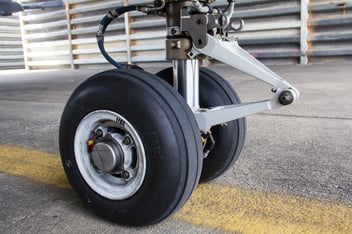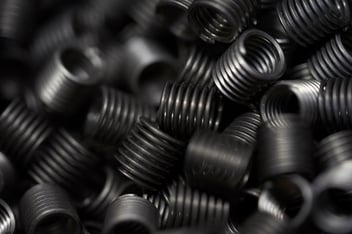When dealing with lightweight materials and critical mechanical joints, designers occasionally explore creative but not always ideal solutions. One such solution is stacking wire thread inserts to achieve greater thread engagement in deep holes. Technically, it’s doable. In fact, it’s something that has been practiced in various industries where off-the-shelf deep inserts weren’t readily available.
But while stacking wire thread inserts may appear like a quick fix, it comes with a range of engineering and reliability issues that make it far from best practice. In this article, we’ll explain the reasons why you shouldn’t and what a better alternative looks like.
The reality behind stacking wire thread inserts
Like in many engineering trades, there are always creative ways to get around challenges that may seem fine on the surface. For wire thread inserts, it can be difficult to get access to deeper products when the standard 1xD length is all that’s available. If a deeper thread engagement is needed to accommodate higher load requirements or longer bolts, stacking two standard-length inserts might seem like a reasonable workaround.
On top of this, stacking may be used to salvage a stripped or damaged thread in maintenance or field repair scenarios. Or simply because wire thread inserts are modular in design, engineers may assume that stacking will behave as a single, continuous thread.
You might find mentions of this in engineering forums or repair instructions, where users talk about stacking as a “hack” to solve threading issues. But that’s exactly the issue, it’s a hack rather than a solution engineered for long-term performance.
Why you shouldn’t stack wire thread inserts
Despite its surface-level appeal, stacking inserts introduces serious issues with joint performance and safety. This is especially true for components facing extreme conditions where vibrations or corrosion are commonplace.
Thread misalignment
Stacked inserts do not guarantee a continuous thread pitch. Even the slightest misalignment between the two inserts can create an irregular thread profile, leading to cross-threading, difficult bolt installation and reduced clamping force.
Gaps and loosening
Unless perfectly aligned and seated, a gap will likely form between the two inserts. This gap creates a weak point that can compromise vibration resistance, allow movement under dynamic loads and lead to premature loosening or failure.
Reduced shear strength
Wire thread inserts are designed to distribute stress along the full length of a single insert. Stacking splits the load path, potentially leading to uneven stress concentrations that can deform the parent material, reduce the holding power of the fastener, cause failure in critical aerospace or automotive applications.
Maintenance and removal issues
Stacked inserts complicate removal and replacement. If one insert becomes damaged, extracting both from the hole especially if they’ve deformed can be difficult and risky to the parent material.
Non-compliance with standards
Stacking inserts likely violates MIL-SPEC, NAS, and AS standards that require continuous thread engagement and proper insert seating. In critical industries such as aerospace, this can disqualify the part or even jeopardise compliance
The right way to use wire thread inserts for deep mechanical joints
If your application requires deeper thread engagement, you need a deeper insert rather than stacking. Wire thread inserts are available in a variety of standard and custom lengths, measured in multiples of the nominal diameter (1.0×D, 1.5×D, 2.0×D, etc.). For most high-load or deep engagement scenarios, longer inserts are specifically engineered to:
- Ensure full thread engagement
- Maintain axial alignment
- Deliver consistent shear strength and load distribution
- Prevent fretting wear and loosening from vibration
The perfect inserts for your application
Whilst stacking wire thread inserts is technically possible, it introduces a host of problems like thread misalignment, vibration issues, reduced strength and non-compliance. It’s a workaround, not a solution.
Instead, opt for specialised wire thread inserts designed for deeper thread engagement. These ensure optimal performance, durability, and compliance especially in critical applications.
KATO® Advanex is a leading provider of wire thread insert solutions, offering a wide range of insert lengths, materials and finishes tailored to demanding industries like aerospace, automotive, and advanced manufacturing. With decades of expertise and full compliance with industry standards, KATO ensures your mechanical joints perform exactly as required.
Download our guide below to find out more about our range of products and how they can enhance your designs.
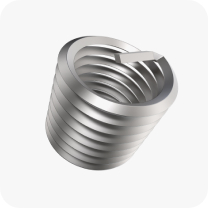
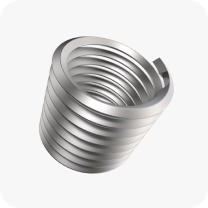
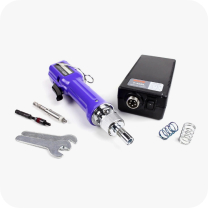
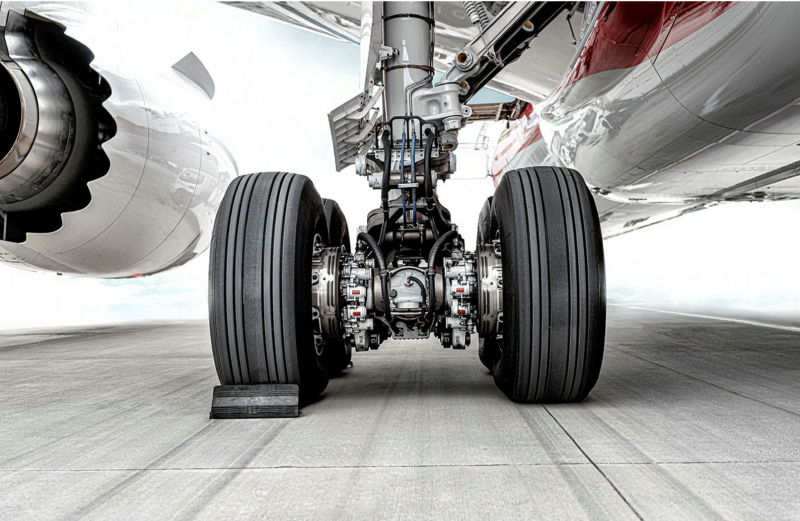
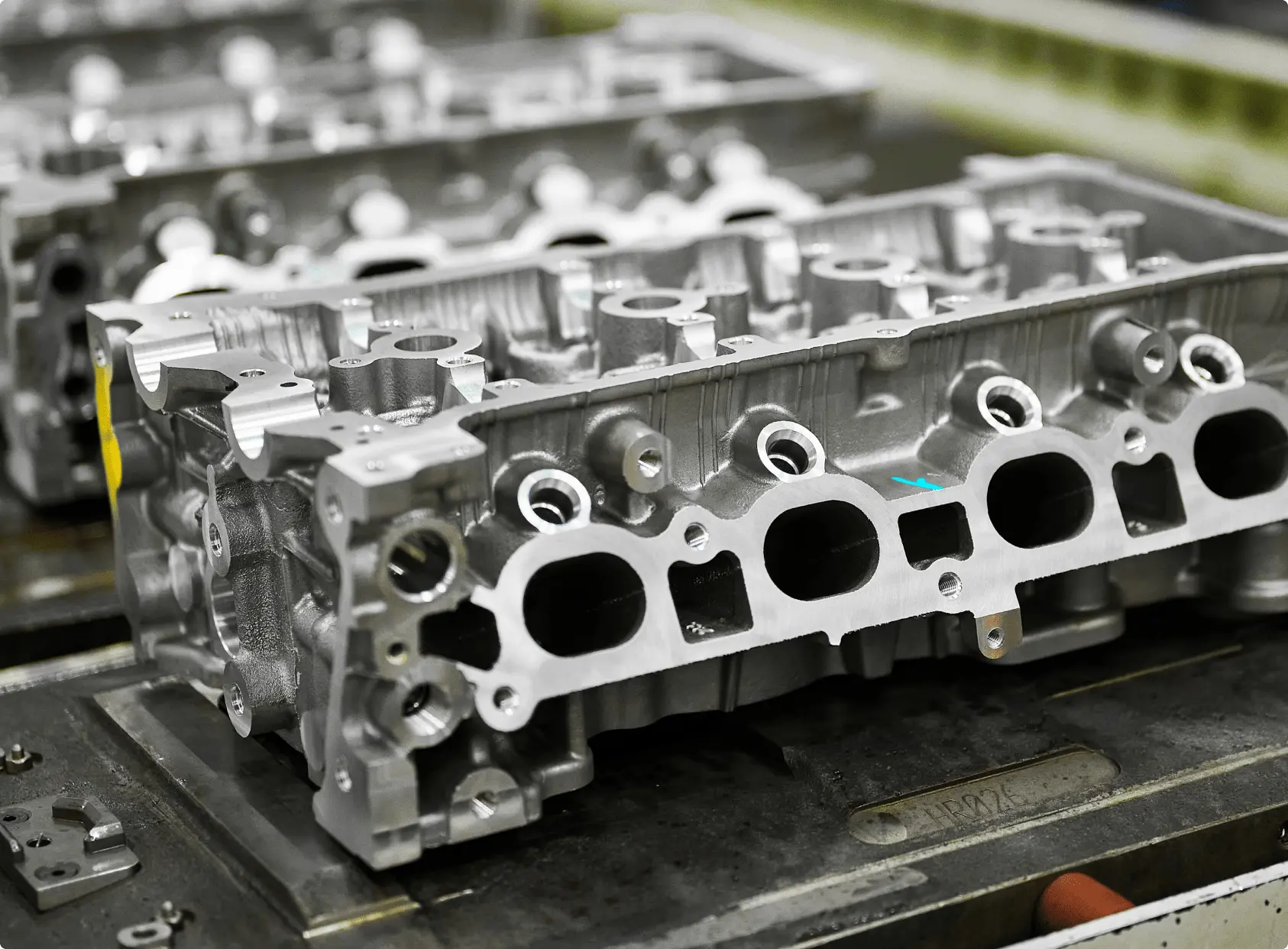
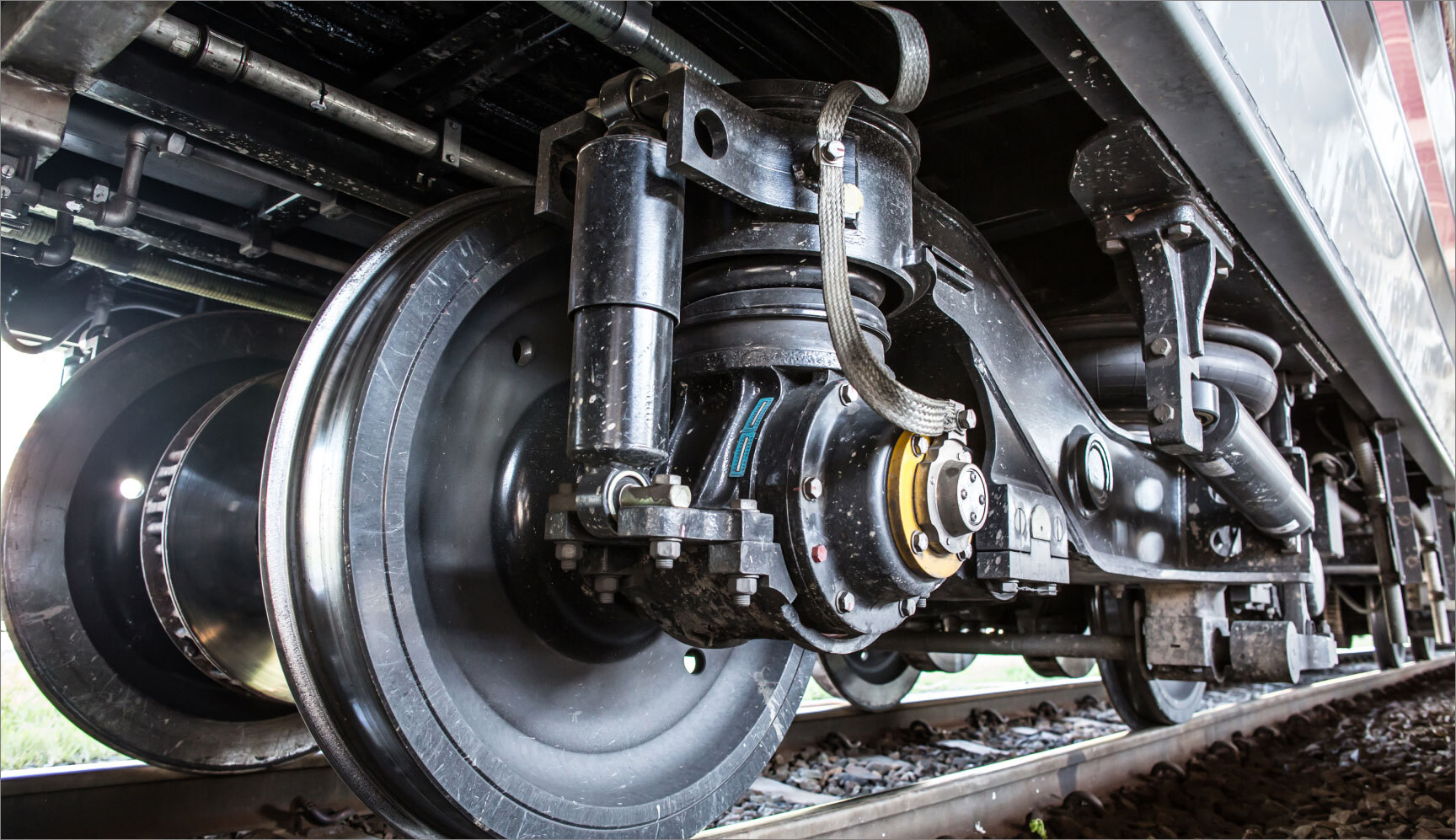

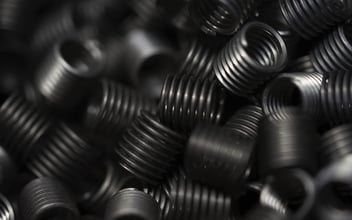
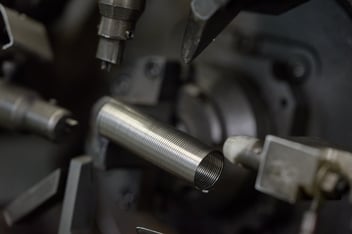
.jpg?width=352&name=Shutterstock_2288877403%20(1).jpg)
.jpg?width=352&name=Shutterstock_1375070846%20(1).jpg)
